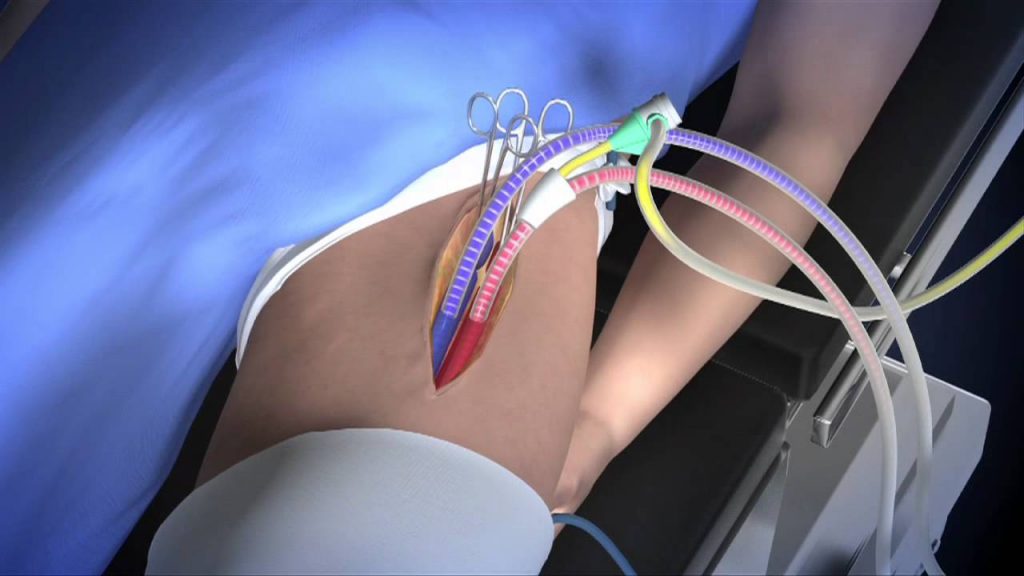Extracorporeal Life Support in Myocardial Infarction-Induced Cardiogenic Shock: Weaning Success

Background
Outcome data of patients with acute myocardial infarction (AMI)–induced cardiogenic shock (CS) receiving extracorporeal life support (ECLS) are sparse.
Methods
A consecutive series of 106 patients with AMI-induced CS receiving ECLS was evaluated regarding ECLS weaning success, hospital mortality, and long-term outcome. The Intraaortic Balloon Pump in Cardiogenic Shock II (IABP-SHOCK II) risk score was applied, and multivariable Cox regression analysis was performed.
Results
Mean patient age was 58.2 ± 11.2 years, and 78.3% were men. In 34 patients (32.1%), ECLS was implemented during ongoing cardiopulmonary resuscitation. De novo AMI was present in 58 patients (54.7%), and percutaneous coronary intervention complications were causative among 48 patients (45.3%). Multivessel coronary artery disease was diagnosed among 73.6% with mean Synergy between PCI with Taxus and Cardiac Surgery (SYNTAX) scores of 30.8 ± 4.8. Actuarial survival was 54.4% at 30 days, 42.2% at 1 year, and 38.0% at 5 years and was significantly higher among patients with low and intermediate IABP-SHOCK II risk scores at ECLS onset (log-rank P = .017). ECLS weaning with curative intention after a mean perfusion time of 6.6 ± 5.1 days was feasible in 51 patients (48.1%) and more likely among patients with complete revascularization (P = .026). Multivariable Cox regression analysis identified complete revascularization (hazard ratio, 2.38; 95% confidence interval, 1.1 to 5.1; P = .028) and absence of relevant mitral regurgitation at ECLS discontinuation (hazard ratio, 2.71; 95% confidence interval, 1.2 to 6.0; P = .014) to be associated with beneficial long-term survival after ECLS discontinuation.
Conclusions
Emergency ECLS is a valuable option among patients with AMI-induced CS with low and intermediate IABP-SHOCK II risk scores. ECLS weaning is manageable, but additional revascularization of all nonculprit lesions is mandatory after ECLS implementation.
